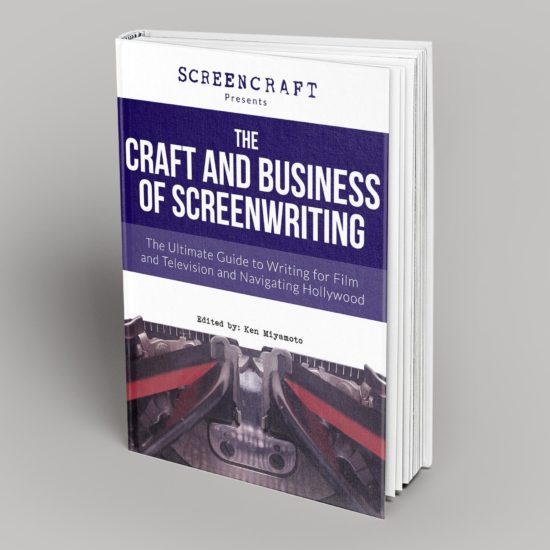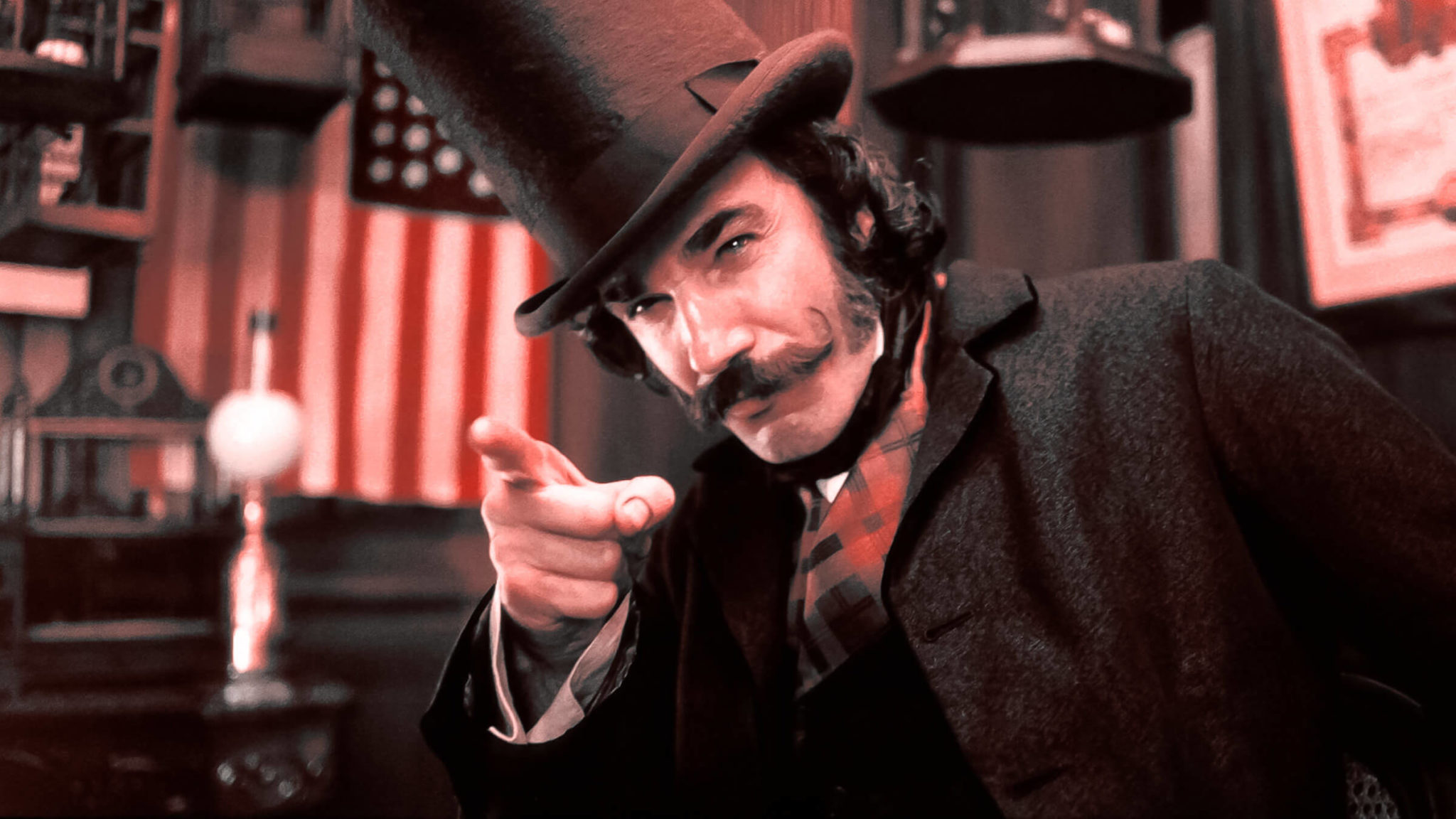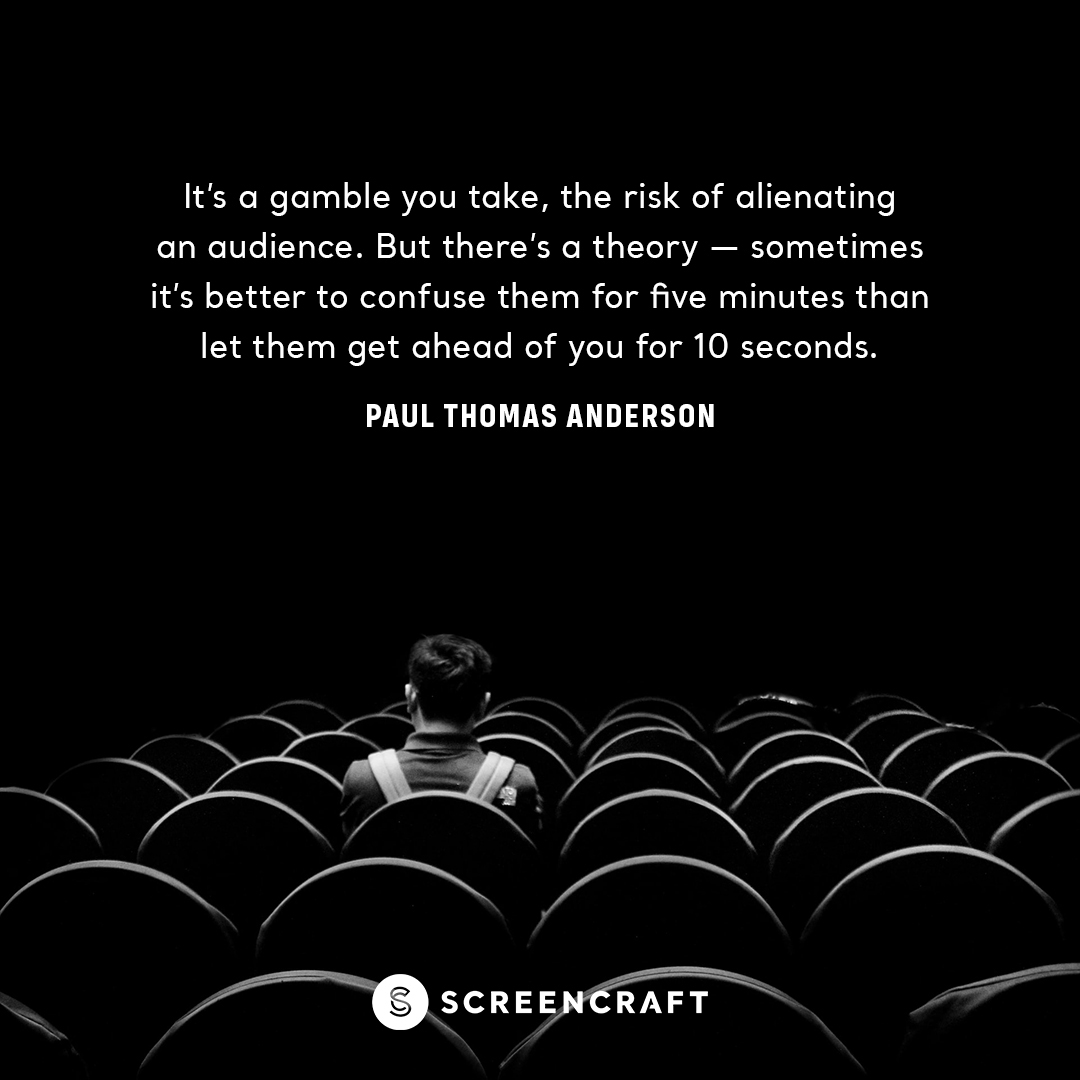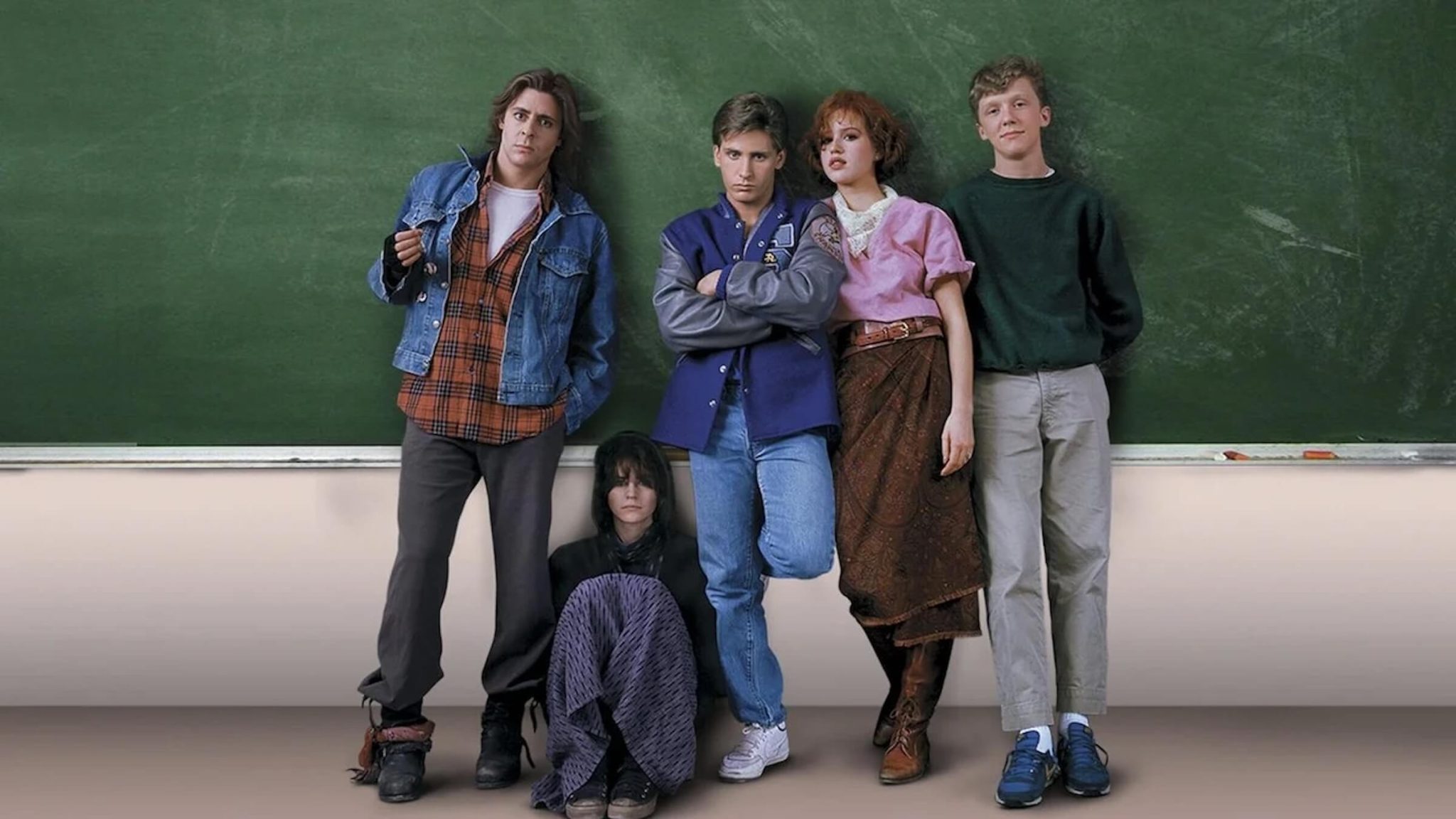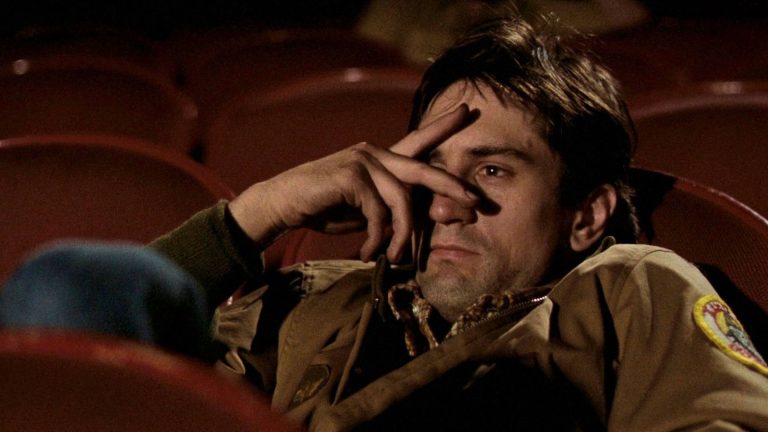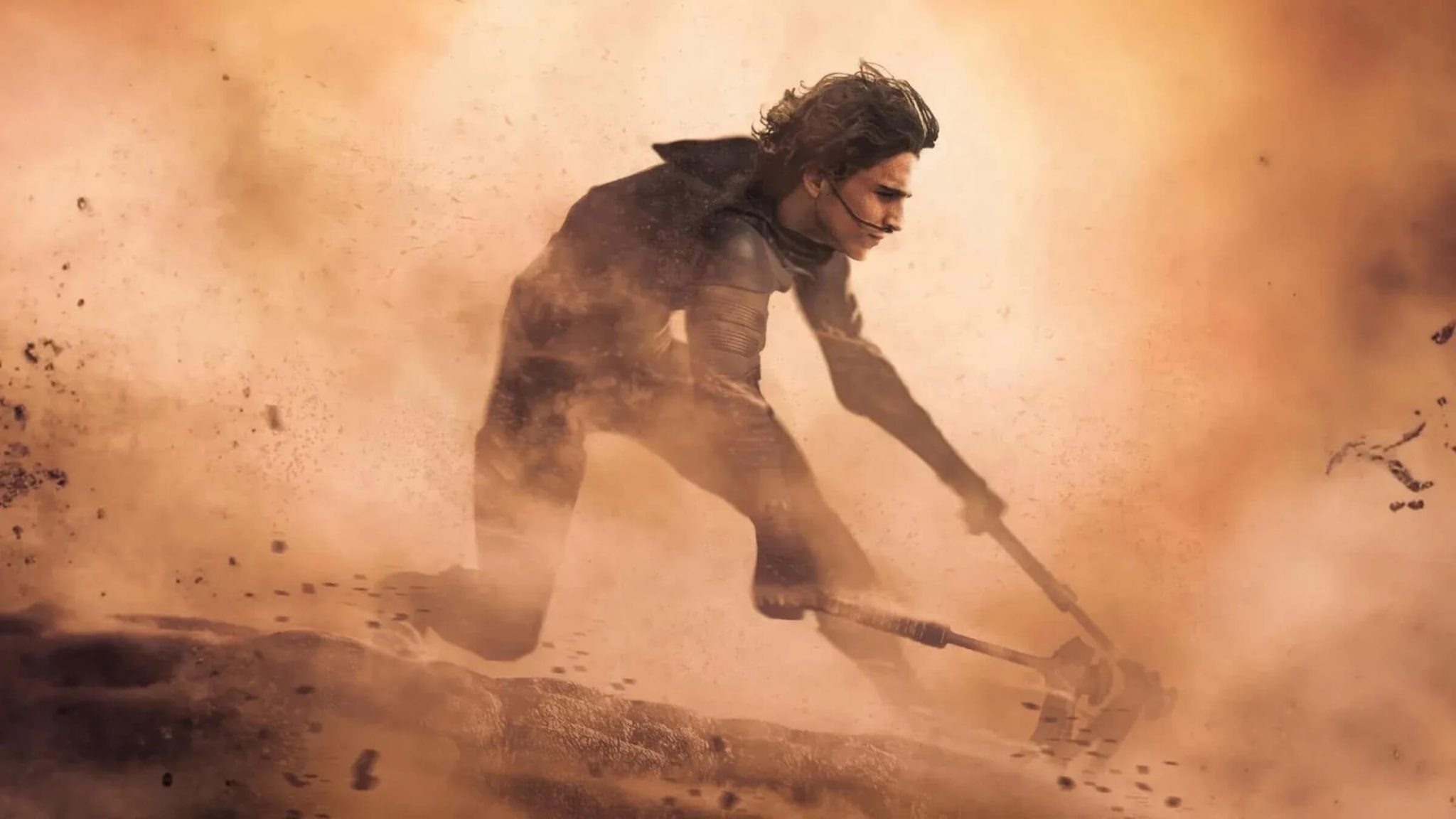5 Screenwriting Tips from Bio-Pic Master Larry Karaszewski

Larry Karaszewski has made a career out of writing biopics. With his writing partner Scott Alexander, he has written Ed Wood, The People vs. Larry Flynt, Man on the Moon, as well as writing the TV series The People v. OJ Simpson, which add up to some of the most memorable biopics of recent years. Karaszewski recently joined Aaron Tracy on Yale Podcast Network’s To Live and Dialogue in LA to discuss his craft and approach to tackling real-life subjects and events. Below are some snippets from the insightful conversation.
1. Approaching “Real-Life” Screenwriting
Karaszewski has a couple of films under his belt that aren’t based on actual events -- Problem Child, an adaptation of Stephen King’s short story 1408 -- but his resume is mainly built with scripts featuring the disclaimer: based on a true story. So who better to ask about the best ways to tackle bio-pics or historical adaptations? Karaszewski’s method is to put on his “reporter” hat and start digging as much as he can.
“We embrace this genre, the biopic of a fairly obscure person,” Karaszewski says. “Most of the things we’ve done, there was no book on… So when we’ve done it, we’ve kind of had to act like journalists… And so a lot of times when a director comes on, it’s very helpful for him or her to use us as a resource.”
2. Balancing The Fiction With The Truth
One of the challenges of bio-pic writing is feeling confident enough and free enough to, essentially, put words into a real person’s mouth -- yes, this is a character in your script but it’s also based on a real person who may even still be alive. How do you know or decide what this person said if there’s no written record of it? This question is posed to Karaszewski, who embraces this challenge.
He elaborates, “This stuff appeals to us because of the whole ‘truth is stranger than fiction’ aspect of it.” He goes on to say, “Of course we’re putting words in people’s mouth, of course we’re doing it from our POV… the bias is always there and I think that’s not a bad thing. But you don’t want to distort, in a sense, certain things that occured, so you present them from the angle of what you actually think happened. And the thing of it is, when you read some things on OJ, every single person in that trial wrote a book… and there’s ten different versions of an event so you wind up [asking yourself] what makes sense? What makes dramatic sense?”
Karaszewski sums it up with something he learned from director Milos Forman while working on Man on the Moon, saying, “Always be true to the spirit of the facts. You can’t know exactly what was said in a room. You know what kind of happened after that, so [it’s about] what led people to make that decision.”
3. Avoiding Real-Life Redundancy
Similar to the struggle of feeling confident enough in creating a voice for characters based on real people, bio-pic writing also presents a challenge of possibly feeling constricted by the facts. How do you, as the writer, avoid redundancy when the audience knows the ending, after living through the event once already?
Karaszewski says, “I think Scott and I do a pretty good job at avoiding the inevitability of history. That so much stuff that’s based on true events... presented as, yes, this is the way it happened. In the sense like manifest destiny, there’s no other way this thing could happen. Everything we do is always about how random shit winds up being. That it could have happened ten thousand different ways but things spun out of control… That was one of the best things we heard about the OJ piece -- people knew what happened, they [don’t know] why it happened.”
4. Tapping Into The Humor-Drama Of Reality
Karaszewski is asked about his and Alexander’s writing voice -- how they find a way to smoothly blend humor with drama, all the while sticking to the truth. Karaszewski finds it to be, really, the natural way of things. As he says, “People are constantly mixing tones [in real life].”
He continues, “I think [Scott and I] had [our] voice all along. It definitely came out more when we wrote Ed Wood, and that was pretty early in our career. That’s sort of where it all came together because it wasn’t really a genre movie… You know, if you’re writing a comedy, it pretty much stays in its lane. And I think we still kind of consider ourselves comedy writers, in the sense that, like comedy writers, there’s two of us in a room battling back and forth… what we found, probably when writing Ed Wood, is that there are very sad things in that but it doesn’t mean things can’t be humorous… that’s kind of what life is.”
5. First Impressions Go A Long Way
“We like to introduce our characters in an iconic way,” Karaszewski says proudly. Of course, this is creative writing 101, a good, memorable introduction for your character. But, as most of us probably know, it can be difficult to pull off well -- or to even remember. Karaszewski uses the facts of life, taking advantage of quirks and idiosyncrasies of the real-life person to bring them onto the screen for the first time.
He details, “You meet Johnny Cochran in a closet full of colorful suits. You meet Bela Lugosi asleep in a coffin. You meet Tor Johnson in a wrestling ring… You introduce them the way they’re meant to be introduced.”
Listen to the podcast on iTunes here.
 Travis Maiuro is a screenwriter and freelance film writer whose work has appeared in Cineaste Magazine, among other publications.
Travis Maiuro is a screenwriter and freelance film writer whose work has appeared in Cineaste Magazine, among other publications.
For all the latest ScreenCraft news and updates, follow us on Twitter, Facebook, and Instagram.
Get Our Screenwriting Newsletter!
Get weekly writing inspiration delivered to your inbox - including industry news, popular articles, and more!





